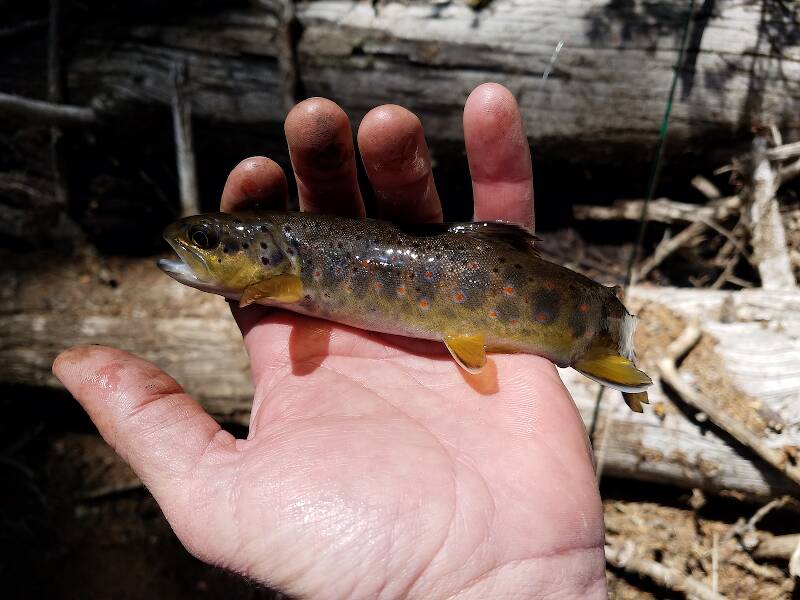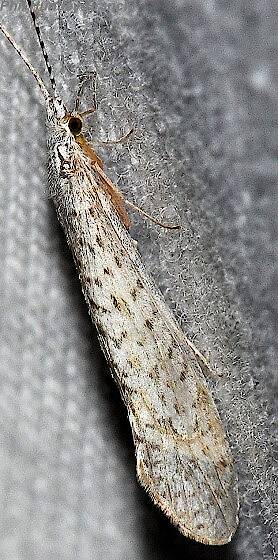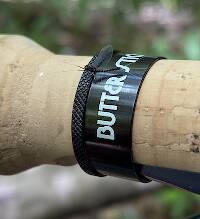
Blue-winged Olives
Baetis
Tiny Baetis mayflies are perhaps the most commonly encountered and imitated by anglers on all American trout streams due to their great abundance, widespread distribution, and trout-friendly emergence habits.
Featured on the forum

This one seems to tentatively key to Holocentropus, although I can't make out the anal spines in Couplet 7 of the Key to Genera of Polycentropodidae Larvae nor the dark bands in Couplet 4 of the Key to Genera of Polycentropodidae Larvae, making me wonder if I went wrong somewhere in keying it out. I don't see where that could have happened, though. It might also be that it's a very immature larva and doesn't possess all the identifying characteristics in the key yet. If Holocentropus is correct, then Holocentropus flavus and Holocentropus interruptus are the two likely possibilities based on range, but I was not able to find a description of their larvae.

Troutnut is a project started in 2003 by salmonid ecologist Jason "Troutnut" Neuswanger to help anglers and
fly tyers unabashedly embrace the entomological side of the sport. Learn more about Troutnut or
support the project for an enhanced experience here.
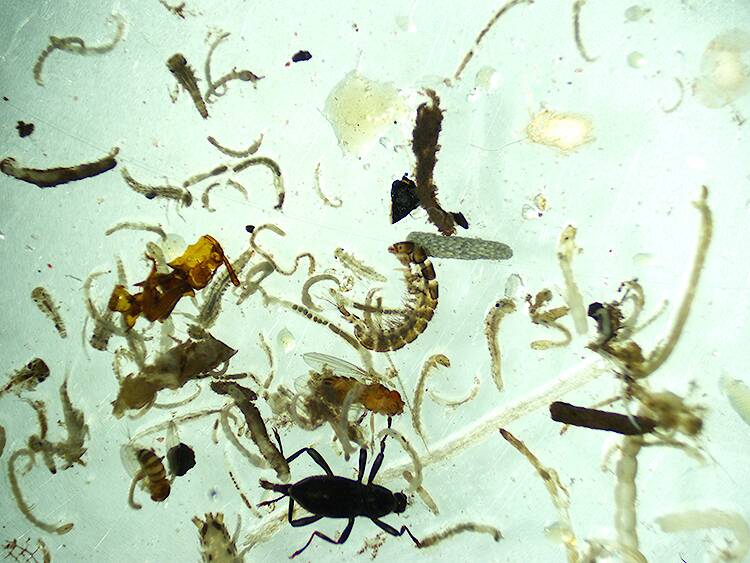
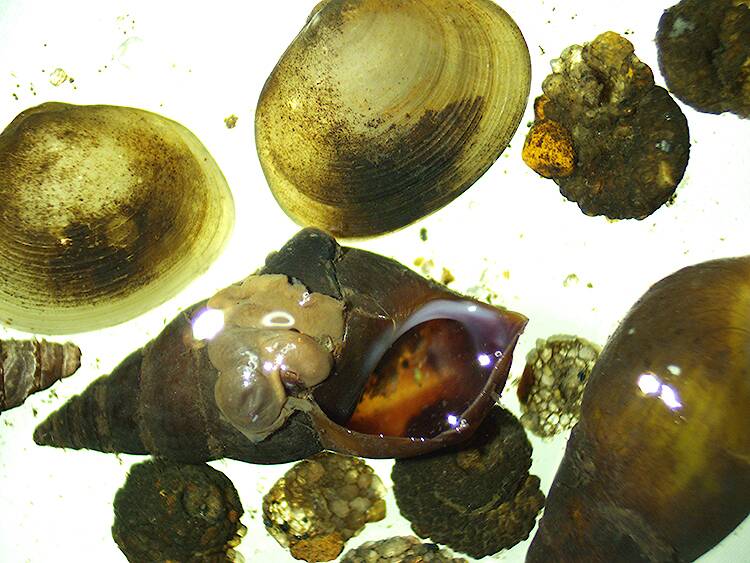
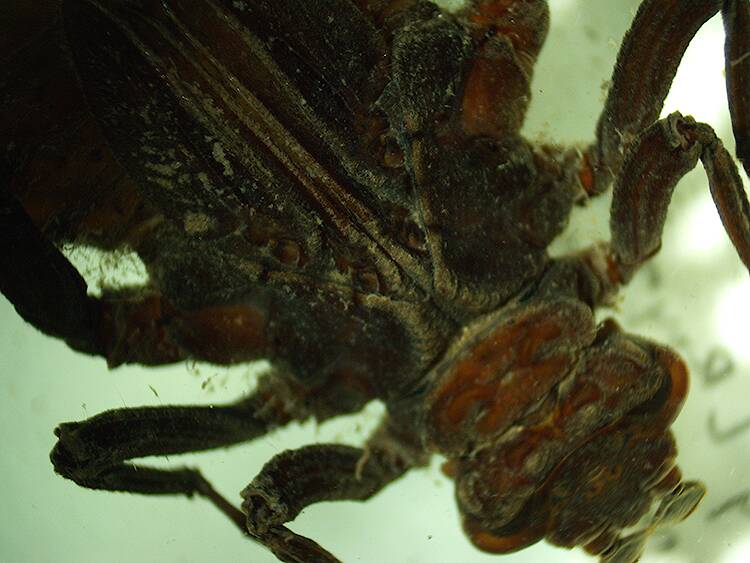
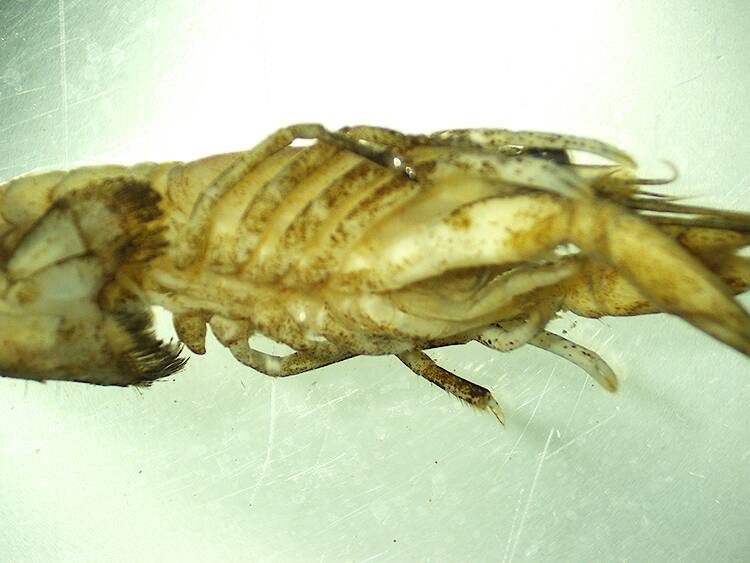
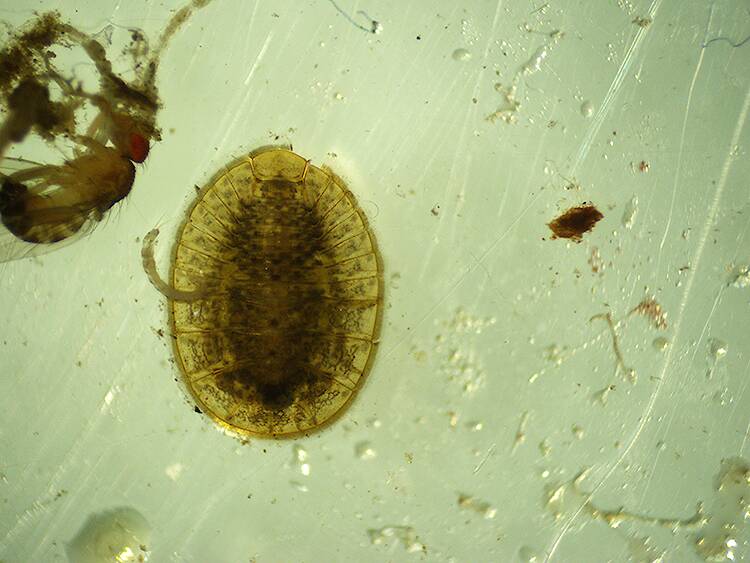
Jmd123 on Nov 20, 2020November 20th, 2020, 3:32 am EST
Well...my boss looked at that scope, and not only was it on sale for half price, there was an additional 15% off for Veteran's Day! I can now take really nice photos of all of these bugs I am working on! Here's a few for your enjoyment. A full post is coming on this project soon, just too busy with the work right now to pick out all the pics & etc.
Jonathon
Jonathon
No matter how big the one you just caught is, there's always a bigger one out there somewhere...
Red_green_h on Nov 20, 2020November 20th, 2020, 5:28 am EST
Well I'd hate to meet some of those in a dark alley. Those are great pics. My son would love that.
Partsman on Nov 20, 2020November 20th, 2020, 5:34 am EST
Cool, mother nature is pretty neat.
Mike.
Mike.
Troutnut on Nov 20, 2020November 20th, 2020, 7:25 am EST
Awesome Jonathon!
I also talked my wife into getting me this ringlight as an early Christmas present:
https://www.amscope.com/accessories/illuminator/ring-lights/144-led-lighting-direction-adjustable-microscope-ring-light-with-adapter.html
The overhead light built into the scope was a bit faint for some of the things I wanted to do, and at first I was using my fly tying light as an external source, but the ringlight is way nicer. Very bright uniform light up close above the subject. It does make manipulating specimens a bit trickier when using the 2X objective lens adapter though, just because the working distance is so short, but on balance I think it's very much worth it.
My only problem with the scope right now is that I've already identified all my preserved backlogged bugs as well as I can given my taxonomic resources and abilities, so I have to wait until spring to do much more with it.
I also talked my wife into getting me this ringlight as an early Christmas present:
https://www.amscope.com/accessories/illuminator/ring-lights/144-led-lighting-direction-adjustable-microscope-ring-light-with-adapter.html
The overhead light built into the scope was a bit faint for some of the things I wanted to do, and at first I was using my fly tying light as an external source, but the ringlight is way nicer. Very bright uniform light up close above the subject. It does make manipulating specimens a bit trickier when using the 2X objective lens adapter though, just because the working distance is so short, but on balance I think it's very much worth it.
My only problem with the scope right now is that I've already identified all my preserved backlogged bugs as well as I can given my taxonomic resources and abilities, so I have to wait until spring to do much more with it.
Jason Neuswanger, Ph.D.
Troutnut and salmonid ecologist
Troutnut and salmonid ecologist
Jmd123 on Nov 23, 2020November 23rd, 2020, 1:32 am EST
I have a Unitron ring illuminator for my B&L StereoZoom scope at home, and it's currently on my Meiji Techno here at work because the danged halogen bulb burned out a month after I replaced it! Ring lights are the best, and this Unitron has some nice bells and whistles on it:
https://microscopecentral.com/products/bausch-lomb-stereozoom-ring-light
I love optics and the things you can see & photograph through them!
Jonathon
https://microscopecentral.com/products/bausch-lomb-stereozoom-ring-light
I love optics and the things you can see & photograph through them!
Jonathon
No matter how big the one you just caught is, there's always a bigger one out there somewhere...
Creno on Dec 1, 2020December 1st, 2020, 8:02 am EST
Folks - sorry I have been off for awhile, and not sure how often I will get back. If you are going to buy lights for miscrope photos, and general work, try to get a single head COB led with a flexible neck. Ikea sold some really great ones but no more. You could often get for 10 bucks. They must be out there somewhere yet. Now Ikea carries this.
It looks like it has a hard stem rather than flexible to the base. and the head looks larger in diameter than the old one. I don't know if it is as bright.
I think this is the old one.
be sure to get the 115V. not USB powered.
While the ring lights are good for many tasks, like Jason says, they won't get close enough at the higher magnifications, and they will leave a halo around many images you may not like. The small COB lights will fit even when your working distances get down to a cm or less.
one other item if you are buying scopes for macro/micro photo. Try and get one with with course and fine focus. The fine focus will make photograpy much easier, especially when you start stacking images.
creno
It looks like it has a hard stem rather than flexible to the base. and the head looks larger in diameter than the old one. I don't know if it is as bright.
I think this is the old one.
be sure to get the 115V. not USB powered.
While the ring lights are good for many tasks, like Jason says, they won't get close enough at the higher magnifications, and they will leave a halo around many images you may not like. The small COB lights will fit even when your working distances get down to a cm or less.
one other item if you are buying scopes for macro/micro photo. Try and get one with with course and fine focus. The fine focus will make photograpy much easier, especially when you start stacking images.
creno
Quick Reply
Related Discussions
Topic
Replies
Last Reply
Re: DIY Photo-Microscope with a smart cell phone, iPod Touch, iPad (aka Smart-D-Scope)
In the Photography Board by LowBudget
In the Photography Board by LowBudget
1
Apr 1, 2014
by Entoman
by Entoman
Re: The loveliness of a small northern lower Michigan trout stream in August 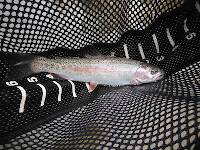
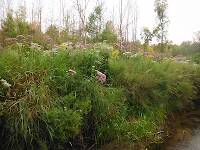
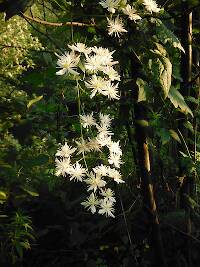
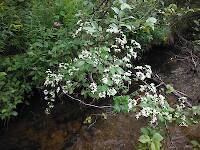
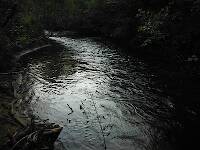
In the Photography Board by Jmd123
+ 8





In the Photography Board by Jmd123
2
Sep 1, 2013
by PaulRoberts
by PaulRoberts
4
May 15, 2008
by Vermonter
by Vermonter



